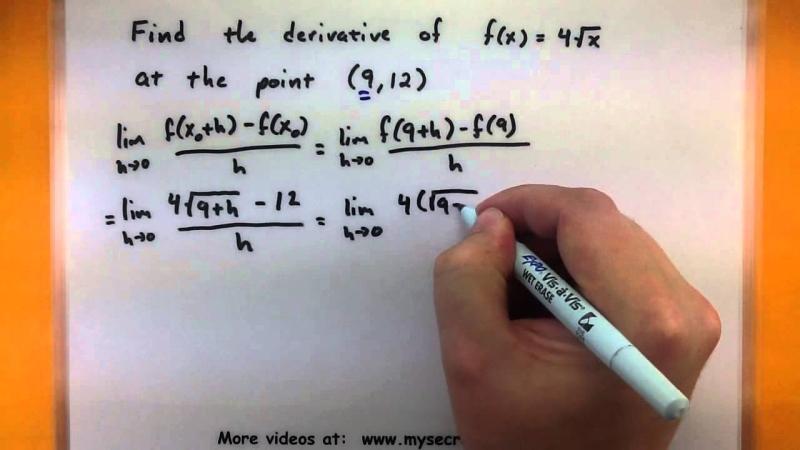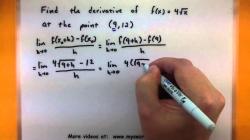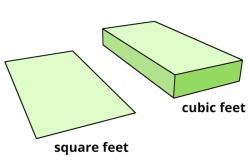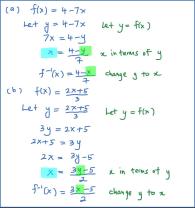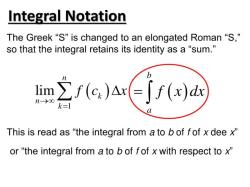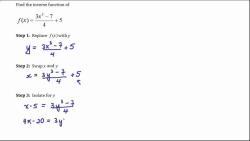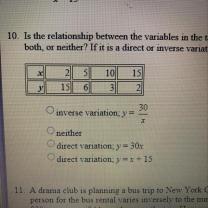How do I find the original function given the derivative?
To find the original function (antiderivative) given its derivative, you need to perform integration. The process of finding the original function from its derivative is known as antidifferentiation or integration. The result is not unique; there is an arbitrary constant, often denoted as "C," introduced during the integration process.
Here's a step-by-step guide to finding the original function given its derivative:
Given:
Find:
Steps:
Identify the Derivative:
- You are given the derivative . Examine the expression and identify the type of derivative you're dealing with (e.g., power rule, trigonometric, exponential, etc.).
Apply Integration Rules:
Use the integration rules or formulas that correspond to the type of derivative you have. The integration process involves reversing the differentiation process.
Common Integration Rules:
- Power Rule:
- Trigonometric Functions: ,
- Exponential Functions:
Add the Constant of Integration:
Since the result of integration has an arbitrary constant, always include "+ C" to represent the constant of integration.
The constant arises because when you differentiate a constant, it becomes zero. Therefore, any constant can be added to the antiderivative.
Example:
Given , find .
Identify the Derivative:
- The derivative is , which is a power function.
Apply Integration Rule:
Use the power rule for integration: .
Apply the rule to :
Add the Constant of Integration:
- The final result is , where is the constant of integration.
Keep in mind that the constant of integration can take any value, so the final answer includes "+ C." The specific value of the constant may be determined if additional information or initial conditions are provided.
What approaches can be used to determine the original function from its derivative?
Determining the original function from its derivative, also known as finding the antiderivative or integral, is a fundamental concept in calculus. Several approaches can be used to achieve this, each with its own strengths and limitations:
1. Integration Techniques:
- Direct Integration: This involves recognizing the derivative as the derivative of a well-known function and applying the corresponding integration rule directly. This is the most straightforward approach when dealing with basic functions like polynomials, exponentials, and trigonometric functions.
- Integration by Substitution: This technique involves substituting a new variable into the derivative to simplify the integral. This approach is often helpful when the integrand involves composite functions or inverse functions.
- Integration by Parts: This method uses the product rule of differentiation in reverse to integrate a product of two functions. It is effective when dealing with functions where integrating one part simplifies the integral of the other.
- Integration by U-substitution: This technique involves substituting a new variable for a complex expression in the integrand to transform it into a simpler form. It can be used to integrate various functions, including rational functions and trigonometric functions.
- Integration by Partial Fractions: This method is useful for integrating rational functions where the denominator can be factored into linear or quadratic terms. It involves splitting the integrand into simpler fractions that can be integrated separately.
2. Numerical Integration:
- Trapezoidal Rule: This method approximates the definite integral by dividing the area under the curve into trapezoids and summing their areas.
- Simpson's Rule: This method improves upon the trapezoidal rule by using parabolic segments to approximate the curve, resulting in a more accurate estimation.
- Numerical Integration Software: Various software programs and online tools can numerically evaluate definite integrals using advanced algorithms.
3. Integration Tables:
- Pre-computed integrals of various functions are available in tables or reference books. These tables can be helpful for quickly finding antiderivatives of common functions.
4. Symbolic Integration Tools:
- Several computer algebra systems and online calculators can symbolically perform integration for a wide range of functions. These tools can be valuable for complex integrals or for checking the results obtained using other methods.
The choice of approach depends on several factors, such as:
- The form of the derivative: Recognizing patterns and applying appropriate integration techniques.
- The complexity of the integrand: Some functions require more sophisticated methods than others.
- Availability of resources: Tables, software, and calculators can be helpful for complex integrals.
It's important to have a good understanding of the underlying concepts and different integration techniques to effectively determine the original function from its derivative. By practicing and applying appropriate methods, you can develop your skills in integral calculus and solve various integration problems with confidence.
